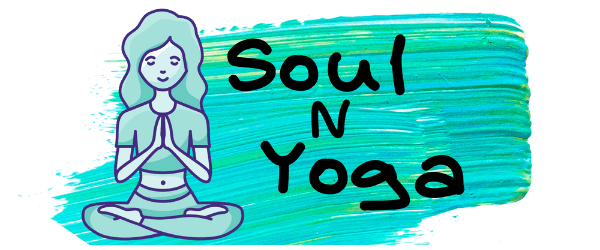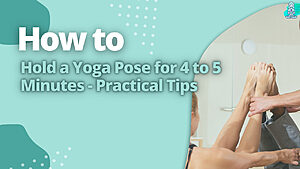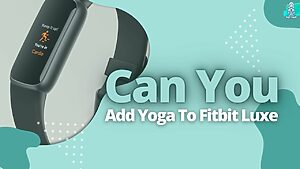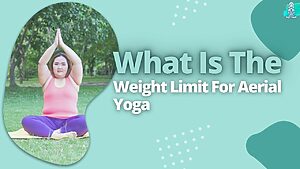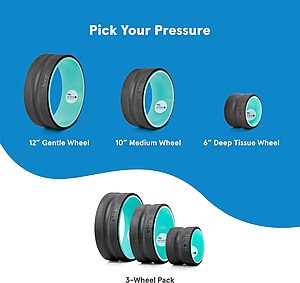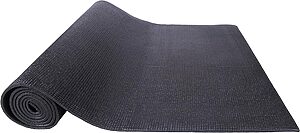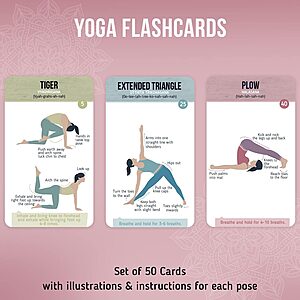Suppose you’re looking for a strenuous, flowing yoga practice that will leave you feeling invigorated and detoxed. In that case, Ashtanga yoga may be for you. But when is the best time to do Ashtanga yoga?
The answer may surprise you: the best time to do Ashtanga yoga is first thing in the morning, on an empty stomach.
Key Takeaways
- Ashtanga yoga is a type of yoga that is based on a set sequence of poses.
- The best time to do Ashtanga yoga is on an empty stomach in the morning.
- Ashtanga yoga is challenging and physically demanding, so it is important to be well-rested before doing it.
- It is also important to have enough time to complete the entire practice so that you can benefit from all its benefits.
- If you are new to Ashtanga yoga, it is best to start with a shorter practice and gradually work your way up to the full practice.
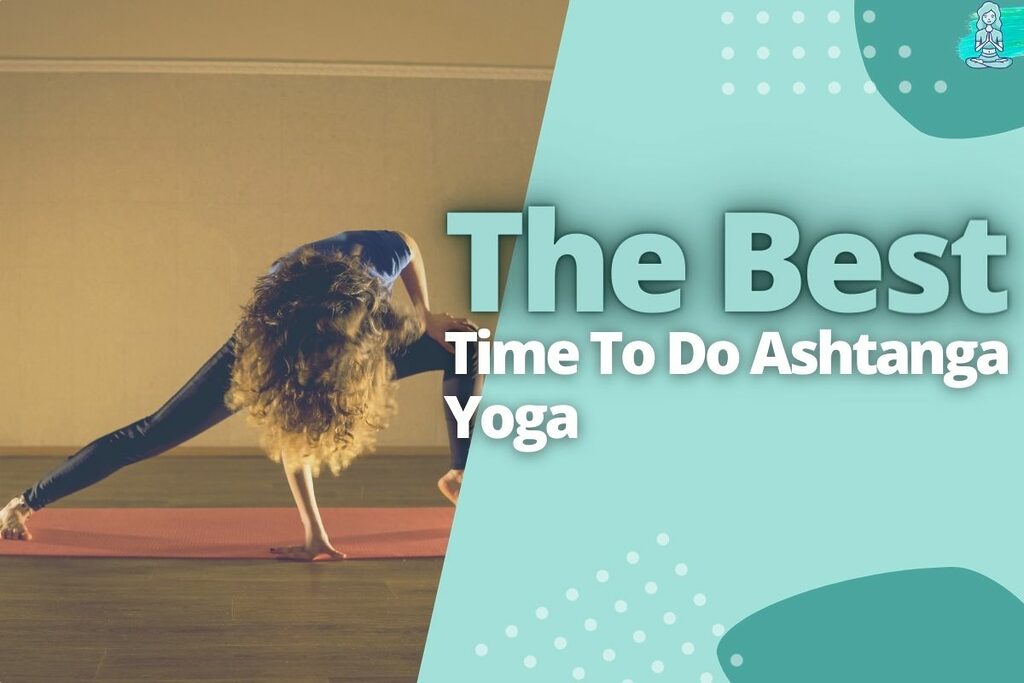
Here’s The Answer To The Best Time To Do Ashtanga Yoga
It’s no secret that yoga can be a great way to start your day. But did you know it’s also the best time to do ashtanga yoga?
There are many benefits of doing yoga in the morning, including the following:
- Starting the day with a positive attitude.
- Being energized and feeling awake.
- Achieving peace of mind from meditation. And let’s not forget about how good stretching feels when you’re still relaxed from sleep.
Ashtanga Yoga Should Be Done On An Empty Stomach
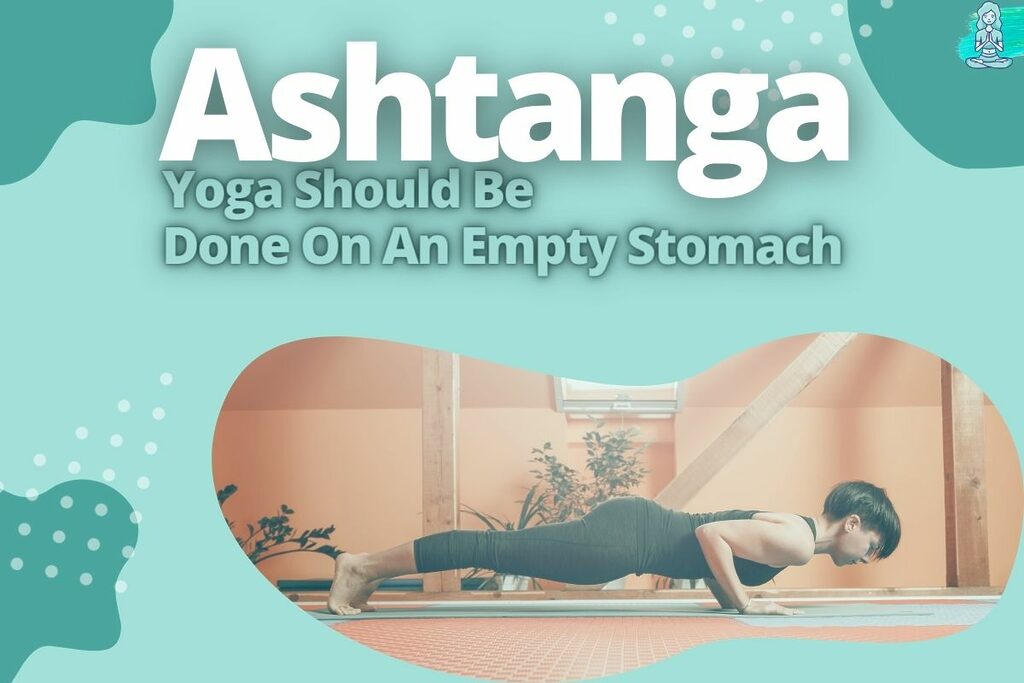
It is recommended that you do yoga on an empty stomach. You should wait two hours after eating, drinking, or smoking.
This is because it gives your body enough time to digest food before doing yoga and, therefore, does not put any unnecessary strain on your digestive system.
Also, when people eat, their food moves through their digestive system very slowly, so if you were to do yoga right afterward, it would be hard for the body to process both things at once, which can lead to cramping or constipation.
If you don’t have time (or desire) to wait two hours after eating, try waiting 20 minutes before doing yoga.
It Is Best To Do Ashtanga Yoga Before Breakfast
It is best to do Ashtanga yoga before breakfast. Before your body has been fed and its energy depleted, it will be much more receptive to the yoga practice.
Your body is still in sleep mode, so you won’t need as much fuel yet. Because of this, your digestive system isn’t ready for food.
You can eat after you complete your session without feeling like you’re forcing anything into your stomach that doesn’t want it there.
Your body is likely to be relaxed after waking up from sleep—this may be why we feel sleepy before breakfast.
You Should Not Eat For Two Hours After Doing Ashtanga Yoga
You should not eat for two hours after doing Ashtanga yoga. And if you are going to do Ashtanga, please don’t wait longer than that because of it.
As you are doing an intense yoga class, your digestive system is not ready to handle food simultaneously. Eating afterward can result in cramping or diarrhea.
Doing Ashtanga Yoga In The Evening Is Not Recommended
Some people believe it’s best to do ashtanga yoga in the evening. However, this is not recommended because your body needs time to digest food before you start a vigorous workout.
It is also not recommended for those who have eaten too much or are not accustomed to doing rigorous exercises immediately after eating a heavy meal.
What Are The Benefits Of Ashtanga Yoga?
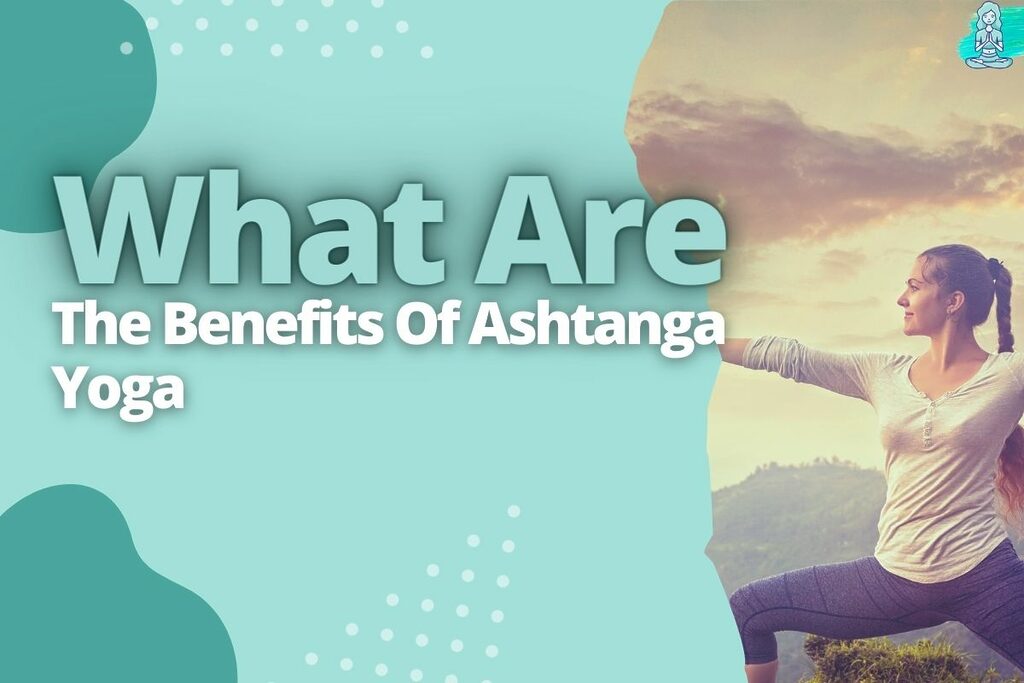
For the average person, Ashtanga Yoga is the most common and accessible form. It’s also one of the most physically demanding styles, and that’s why it’s so popular.
Practicing Ashtanga Yoga can improve flexibility, breathing, strength, and concentration while reducing stress and improving sleep quality.
In addition to these benefits, there are many other reasons you might want to try out this style of yoga.
When Is The Best Time To Do Ashtanga Yoga?
The best time to do Ashtanga Yoga is when you feel like doing it. I know that sounds like a cop-out, but it’s the truth.
The best time to do Ashtanga Yoga is whatever time of day works best for you. If that means doing it after breakfast, then that’s what you should do.
If it means doing it before lunch, then awesome! If your body tells you that no matter how much sleep deprivation has been involved in your life (and let’s face it, who among us hasn’t had their fair share?), then go ahead and practice yoga when the sun is up and shining brightly through your open windows.
How To Get Started With Ashtanga Yoga?
You can find a good yoga studio by asking around and doing your research. There are many studios in the area, but it’s important to find a place that is right for you.
I’ve been practicing Ashtanga for about four years now, and I’m still learning new things about the practice every day. It’s a journey that never ends.
Conclusion
To start with Ashtanga Yoga, you have to find a class near you and go for it.
The best time to do Ashtanga yoga is on an empty stomach in the morning. This type of yoga is physically demanding, so you’ll want plenty of energy for it.
You should also avoid eating for at least two hours before doing this type of yoga.
Frequently Asked Questions
Is Ashtanga yoga appropriate for beginners?
Yes, Ashtanga yoga is a great introductory practice for beginners. It’s one of the most accessible styles of yoga because many people find that they can adapt it to their bodies and limitations.
How long should I practice Ashtanga yoga each day?
The amount of time you spend practicing Ashtanga yoga will vary depending on your experience level and flexibility. However, a common suggestion is to devote around 30 minutes daily to it.
What are some common mistakes people make when doing Ashtanga yoga?
Common mistakes people make when practicing Ashtanga yoga include not using their correct ratio of breath, not staying focused, and not using the right muscles. You can learn more about these in-depth here.
My name is Mugen Seki, and I’m a painter and yoga enthusiast who is passionate about bringing together art and exercise in ways that help people connect with their inner selves. When I’m not painting, I’m practicing yoga. And when I’m not doing either of those things, I’m usually thinking about them.
- How to Hold a Yoga Pose for 4 to 5 Minutes – Practical Tips
- A Guide to Finding the Perfect Yoga Mat for Carpet Floors
- Can You Add Yoga To Fitbit Luxe (Unlock the Power)
- Can You Add Yoga To Garmin Vivoactive (Yoga On The Go)
- Is Aerial Yoga Dangerous (The Scary Truth)
- What Is The Weight Limit For Aerial Yoga (Exploring The Possibilities)
